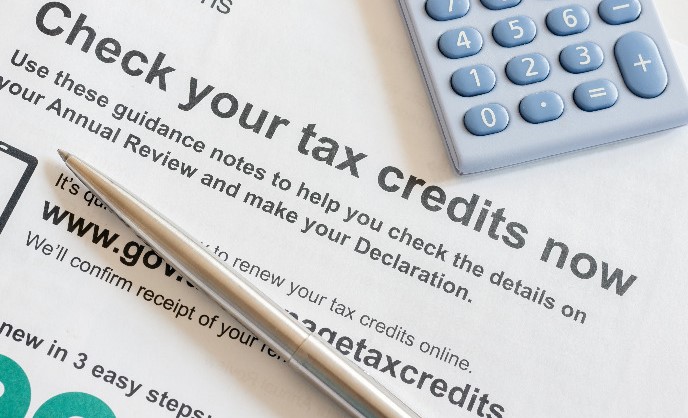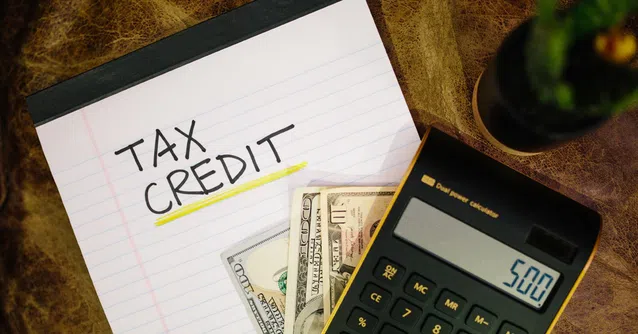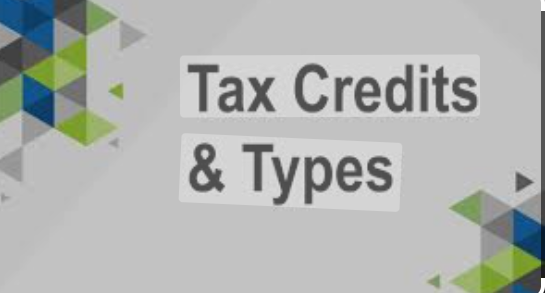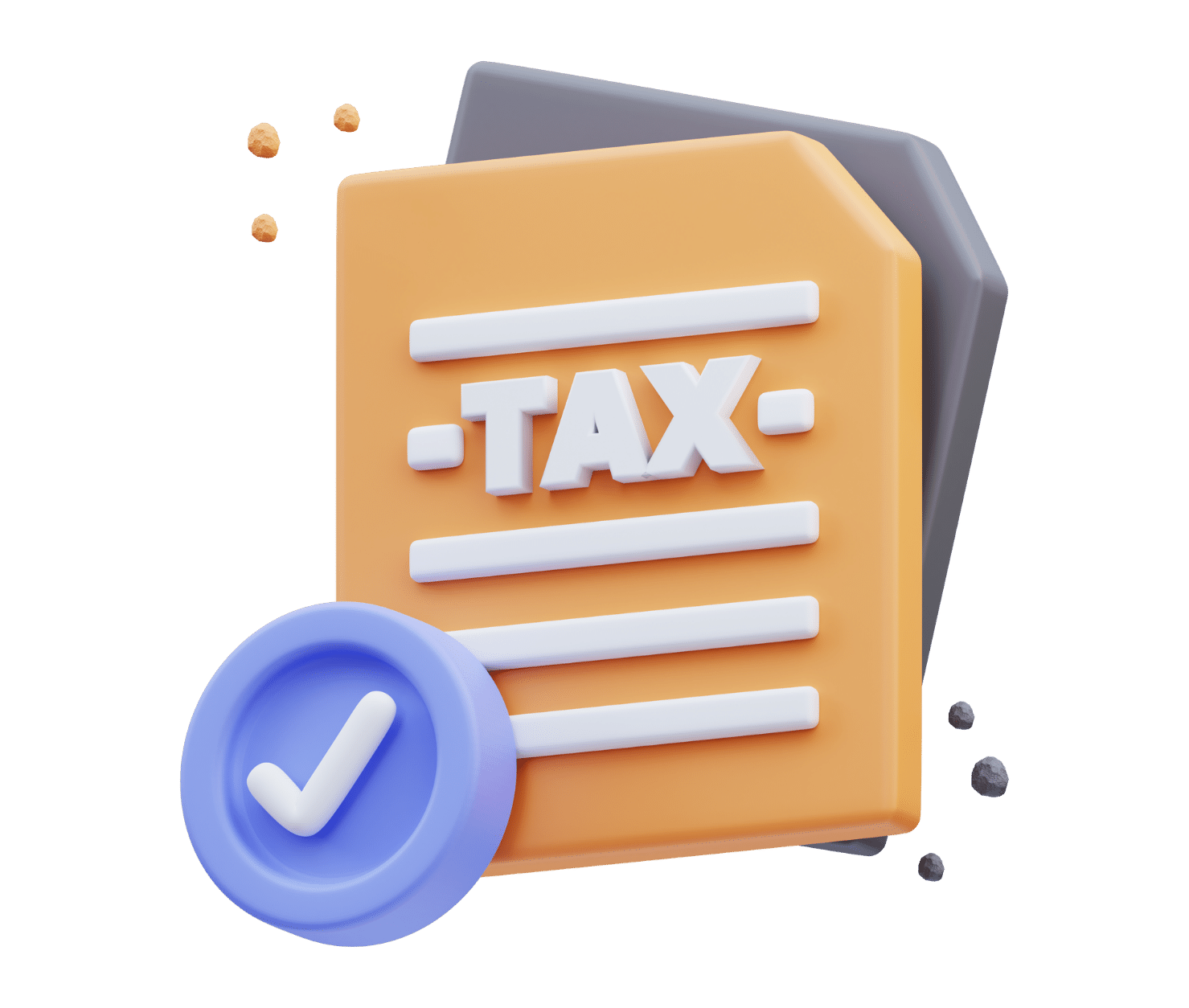There are several ways to lower your tax burden. The two most common ways are tax credits and tax deductions. A tax credit gives you a dollar-for-dollar reduction in the tax owed, while a deduction lowers your taxable income. Both, though, can save you some money.
What is a tax credit?
A tax credit is a monetary reduction in taxes you must pay to the government. It reduces the actual tax that you owe instead of just reducing the amount of money you have to pay. Get your guide to understanding tax credits and learn how they can benefit you and your business. The value of a tax credit depends on what kind of credit it is. Different types of tax credits are given to people or businesses in certain places, categories, or industries.
Tax credits: how they work.
A tax credit reduces the amount of income tax you have to pay by the same amount.
For example, if you owe $1,000 in federal taxes but are eligible for a $1,000 tax credit, your net liability drops to $0.
KEY TAKEAWAYS
- A tax credit is a certain amount of money taxpayers can take off their income taxes dollar for dollar.
- Tax credits are better than tax deductions because they lower the amount of tax that needs to be paid, not just the amount of income that is taxed.
- There are three main types of tax credits: those that are not refundable, those that are refundable, and those that are partially refundable.
- Refundable tax credits help taxpayers greatly because they are paid back in full.
- A nonrefundable tax credit can bring the amount of tax you owe down to zero, but it can’t give you money back.
Different kinds of Tax Credits
There are three types of tax credits:
- Refundable Tax Credits
- Nonrefundable Tax Credits
- Partially refundable Tax credits
Refundable Tax Credits
The best kind of tax credit is one that can be refunded because it is paid out in full. It explains that a taxpayer is entitled to the full amount of the credit, no matter how much they earn or how much tax they owe. If the refundable tax credit lowers the tax liability to less than $0, the taxpayer is due a refund.
The Earned Income Tax Credit is one of the most-refunded tax credits (EITC). The EITC is for taxpayers with low to moderate incomes who work for an employer or as self-employed persons and meet certain criteria based on income and the number of family members. Other refundable tax credits include the premium tax credit, which helps individuals and families pay for the cost of health insurance premiums bought through the health insurance marketplace.
Non-refundable Tax Credits
Nonrefundable tax credits are things that are taken directly out of your tax bill until the amount of tax you owe is $0; any amount that is more than what the taxpayer owes in taxes is not given back; it is called “nonrefundable.”
If you can’t use a tax credit that isn’t refundable, it’s like you lost it. You can only use credits in the same year you file your taxes. They only work for the year filing a tax return. Taxpayers with low incomes often can only use all of their nonrefundable tax credits if they get their money back.
Here are some tax credits that cannot be refunded as of 2021.
- Credit for adopting
- Credit for education
- Tax credits for child and dependent care
- Contribution credit for retirement savings
- The Child Tax Credit (CTC)
- Mortgage Interest Tax Credits (MTC) to help people with lower incomes buy a home.
Partially refundable Tax credits
Some tax credits, like the American Opportunity Tax Credit (AOTC), which helps people pay for college after high school, can only be partially refunded.
For example, If a taxpayer gets their tax bill to $0 before using all of the $2,500 tax deduction, they can take the rest as a refundable credit up to the lesser of 40% of the remaining credit or $1,000.
As another example, the Tax Cuts and Jobs Act made the child tax credit refundable (up to $1,500 in 2022 and $1,600 in 2023) (TCJA).
If taxpayers owed enough taxes, they could get the full $2,000 child tax credit. However, as part of the American Rescue Plan for the tax years 2020 and 2021, this credit went up and became fully refundable.
How Do We Figure Out Tax Credits

For example, there is a tax credit for people who install solar panels in their homes.
Other tax credits help pay for child care, care for people who depend on you, education, and adoption. Tax credits are better than tax deductions because they lower your tax bill by the same amount they are worth. However, even though a deduction reduces a person’s final tax bill, it only goes up to the person’s marginal tax rate.
For example, a person in the 22% tax bracket would save $0.22 for every dollar of marginal tax that was taken out. A credit, on the other hand, would cut the tax bill by the full $1.
American Rescue Plan Changes in 2022

Under the plan, eligible people could get up to $1,400 in stimulus checks. Also, some temporary changes are made to the child tax credit for married couples filing jointly with a modified adjusted gross income of up to $150,000, heads of household with a modified adjusted gross income of up to $112,500, or single filers with a MAGI of up to $75,000.
The child tax credit used to be limited to $2,000 per eligible dependent child, but it has been raised to $3,000 for children between the ages of 6 and 17 (which includes those ages) and $3,600 for children under the age of 6. Also, the credit can now be returned in full, whereas before, it could only be returned up to $1,400.
For 2022 and 2023, the amount refunded was increased to $1,500 and $1,600, respectively. In some cases, the Internal Revenue Service (IRS) gave up to half of a qualified household’s credit as an advance and paid between July and December 2021. Eligibility was based on 2020 tax returns (or 2019 returns if 2020 wasn’t available) to determine eligibility.
The bill removed the minimum income requirement. Before, families who made less than $2,500 a year weren’t eligible, and credits were calculated based on how far they were from that minimum, giving 15 cents per child for every dollar income above $2,500.
The EITC also changed. The maximum earned income tax credit for households without children used to be $543, but in 2021 and 2022, it will be $1,502 and $560, respectively. It also made it easier for households without children to qualify. Before, people under 25 and older than 65 could not get credit.
The top limit was removed, and the lower limit was fixed at 19. (i.e., anyone 19 or over without a child who meets income requirements can claim the EITC).
Notable exceptions:
Students between the ages of 19 and 24 who take at least half as many classes as full-time students are not eligible. An 18-year-old, a former foster child, or a homeless person can apply for the credit. For single filers, the amount is increased to $11,610, and the percentage was also increased to 15.3%.
Two of the following EITC changes, however, are permanent:
- People who would otherwise be eligible for the EITC but whose children do not have Social Security numbers can claim the version of the credit meant for households without children.
- For 2021, the limit for investment income is raised from $3,650 or less to $10,000 or less. This $10,000 amount will be tied to inflation and changed yearly to keep up with it.
What are the three kinds of tax credits?
Tax credits can be refundable, Nonrefundable, or Partially refundable. The best tax credits can reduce a person’s tax bill to less than $0, in which case the person would get a refund.
What is a tax credit worth?
Tax credits cut the amount of tax you owe by one dollar for every dollar you get back. The amount of the credit depends on the type of credit you qualify for and other things like your filing status and income.
What is the value of a tax credit?
Tax credits cut the amount of tax you owe by one dollar for every dollar you get back. The amount of the credit depends on the type of credit you qualify for and other things like your filing status and income.
What’s the difference between a tax credit and a tax deduction?
Tax credits directly lower the amount of tax you have to pay, while tax deductions lower your taxable income. For example, a tax credit of $1,000 reduces your tax bill by the same $1,000. On the other hand, a $1,000 tax deduction lowers your taxable income (the amount of your income on which you owe taxes) by $1,000. So, if you’re in the 22% tax bracket, a $1,000 deduction would save you $220
.
Conclusion:
The tax credits are a beneficial tool for lowering your tax liability for given years. It’s best to consult a qualified professional before claiming any of these tax credits or deductions, but it’s also good to understand how some of the methods work if you’re self-employed or an entrepreneur.











